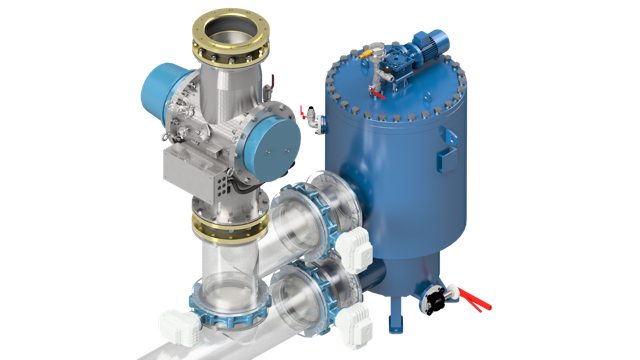The Ballast Water Management (BWM) Convention will require 30,000 ships to eventually be fitted with ballast water treatment systems (BWTS) and will necessitate a new outlook on market growth.
This was the statement made by Stephen Gordon, Managing Director of Clarkson’s Research Services in London this week, whilst addressing delegates at the UK Chamber of Shipping’s Ballast Water Forum, jointly hosted with Fathom Maritime Intelligence.
The MD substantiated his claims using the Clarkson’s ClarkSea index.
At the moment, he said, the global fleet is slowing in growth and there is pressure on ship owners to demolish ships. However, there are still approximately 3,500 ships that have installed with ballast water treatment systems (BWTS) to-date, with 34% of this made up from bulkers and 19% tankers. At the current time, ultraviolet irradiation (UV)-based BWTS have seen greatest uptake, accounting for 37% of systems installed or on order today, while electrochlorination-based treatment systems are the second most popular.
Most of the BWTS already installed have been onboard newbuilds, the majority of which have been fitted but are yet to be fully operational said Gordon. This makes it difficult for ship owners to acquire statistics on reliability and functionality to help ship owners make informed decisions between the treatment types and 37 available manufacturers to choose from.
Another issue is that the timing of retrofitting may be driven by the United States and the fact that they have no approved systems is a huge concern. According to Gordon, 6% of all import and export trade involves the U.S., while in the last six months over 6,500 ships have called into U.S ports. Such large involvement with the U.S. and its controlled waters means that ship owners really need clarity from them in order to trade effectively and compliantly in their waters, and this clarity is something we need to push for at the moment highlighted Gordon.
The MD of Clarkson’s Research said in closing that at the current time the largest challenge that remains is understanding the market going forward with an increasing amount of regulations while there is more and more impact on commercial decisions. The regulation timeline is one that is accelerating and will have an increasingly significant impact on the industry over time.
Ship Efficiency Review News
To contact the reporter responsible for this article, please email editor@fathom-mi.com

































